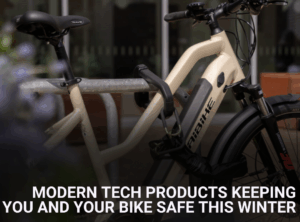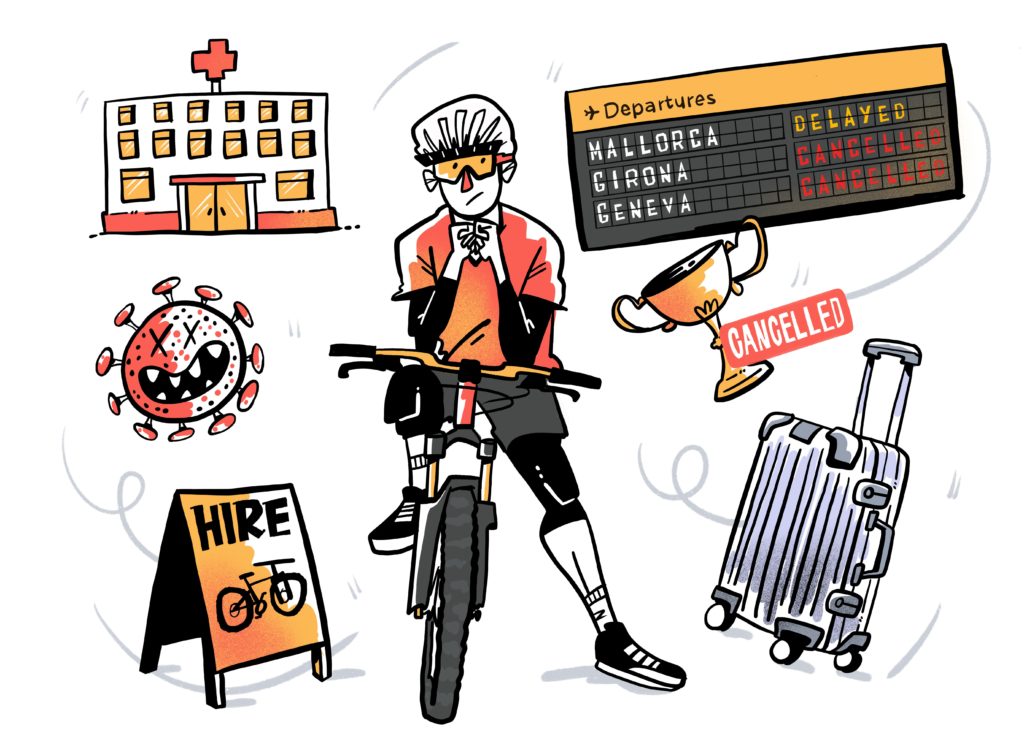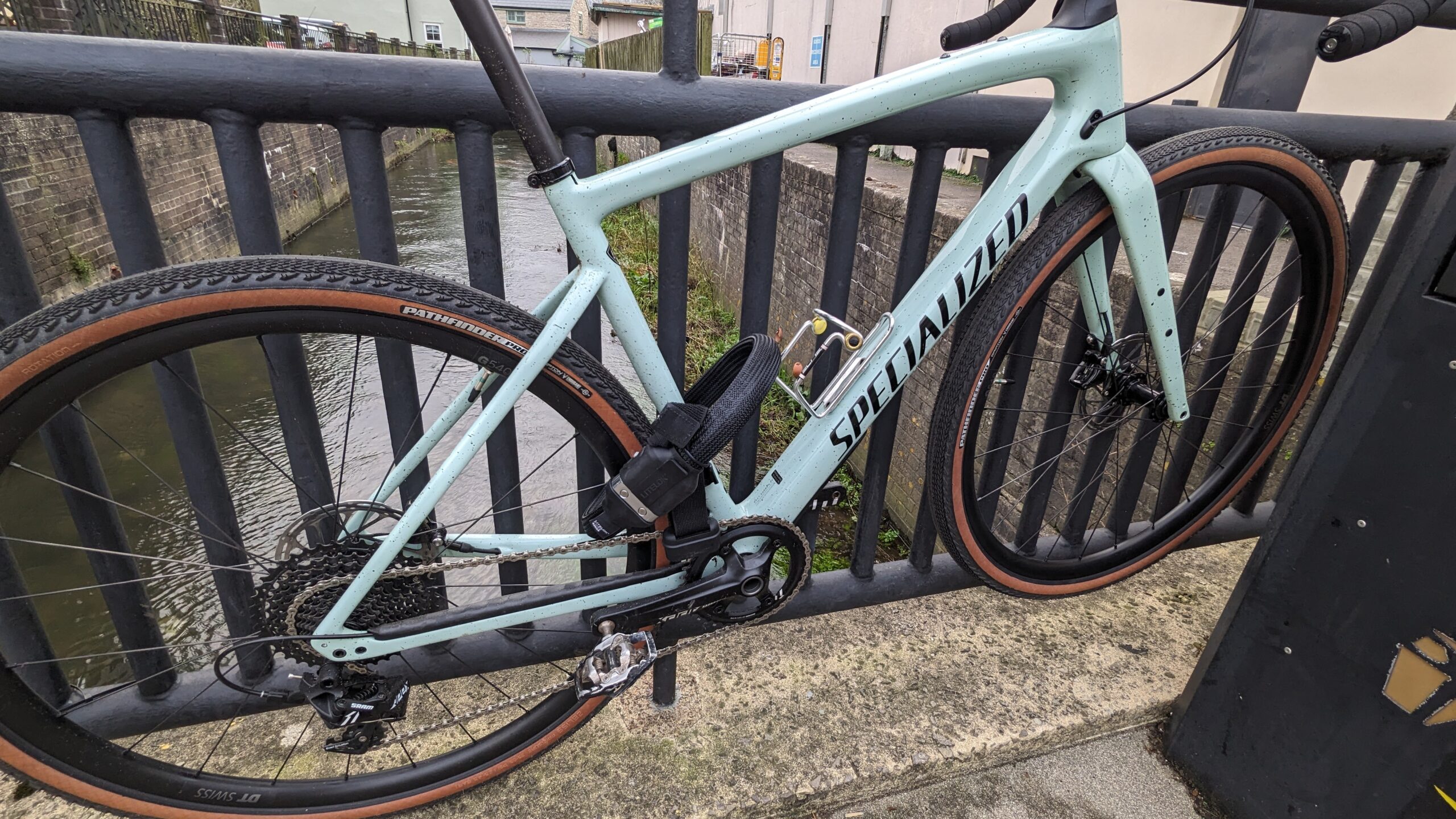
Our home insurance packages are stuffed with extra features for cyclists, including theft of your bicycles at and away from home. As you’d expect, there are some conditions on the insurance policy, and you need to follow these in order for your bikes to be covered.
The conditions are all simple things such as what sort of lock you should be using away from home, or how long a bicycle can be locked up outside the gym. Everything is covered in your policy wording, but sometimes a few examples and a bit of extra information can be really helpful.
We never want to decline a claim for something easily avoided like using an unapproved lock, but unfortunately, it does happen. If you have a home and bike policy with Pedal Cover, or if you are thinking about covering your bicycles with us, you should read our handy guide to bicycle security below.
If you’re unsure about anything at all, our customer service team is ready to answer your questions on 0800 121 4424 or at enquiries@pedalcover.co.uk Monday to Friday, from 9 am to 5 pm.
What is an approved lock?
There are several scenarios where you may need to secure your bicycle lock at and away from home, and you must use an approved bicycle lock for our theft cover to be valid.
It can be difficult to choose a bicycle lock. There is a huge range in quality, and the price isn’t always a great indicator of how secure a bicycle lock actually is. To solve this problem a company called Sold Secure, part of the Master Locksmith Association, test locks sold in the UK and give them a rating of Bronze, Silver, Gold or Diamond. A lock’s rating is usually printed prominently on the packaging along with the Sold Secure logo. The vast majority of locks sold in the UK will have a rating, and if they don’t, it’s a very good indication you are looking at a poor-quality lock.
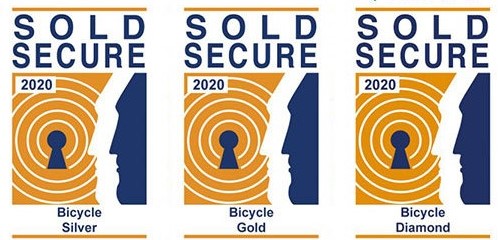
If your bicycle is valued at £1499 or less, any Sold Secure Silver rated bicycle lock is sufficient to secure your bike.
If your bicycle is valued at £1500 or more, you need to use a Sold Secure Gold or Diamond bicycle lock when securing your bike.
Wheels are only covered for theft if they’re properly secured with an approved lock or stolen with the rest of the bike. This applies to all wheel types, including non–quick-release. When locking to an immovable object, make sure your lock goes through your frame and wheels.
Some D-locks come with extra cables attached to them. These “accessory” cables are NOT rated by Sold Secure, and should not be used to secure your bike. If a thief can steal your bicycle by cutting this cable without cutting the Sold Secure lock, your bike would not be covered by the policy. The bicycle wasn’t locked using the Sold Secure rated lock.
If you are making a claim for a bicycle that was secured with a bike lock, our claims handlers will want to see some form of evidence for the lock you were using. We recommend finding the receipt now to make sure you have this if you need it. If you do not have a receipt for your lock, you can take a photograph of it with the keys to demonstrate that you own it. Thieves almost always take a cut lock away with them, so do not rely on finding a broken lock where you left your bicycle.
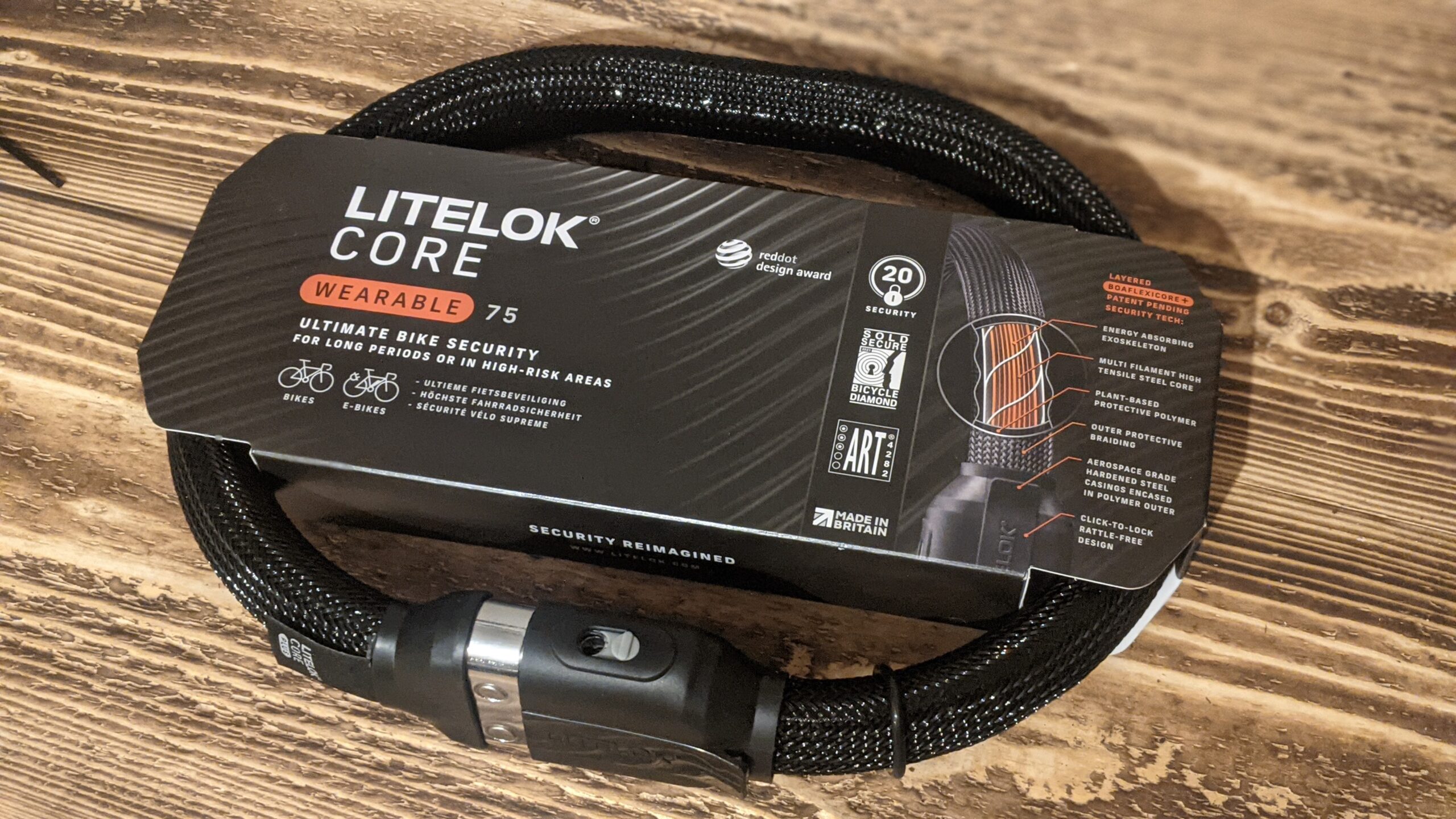
What is an immovable object?
If you are securing your bicycle outside the shops or in a wooden shed, you will need to lock it through the frame to an immovable object with your approved lock. There are many things which could be considered “immovable objects” from railings to ground anchors, so long as they meet all of the requirements laid out in the policy wording:
- An object which cannot be undone or removed unless using extreme force (i.e. requiring the use of power tools or other machinery, not simple hand tools such as a spanner).
- An object from which a pedal cycle cannot be lifted, either over or under, without having broken the approved lock.
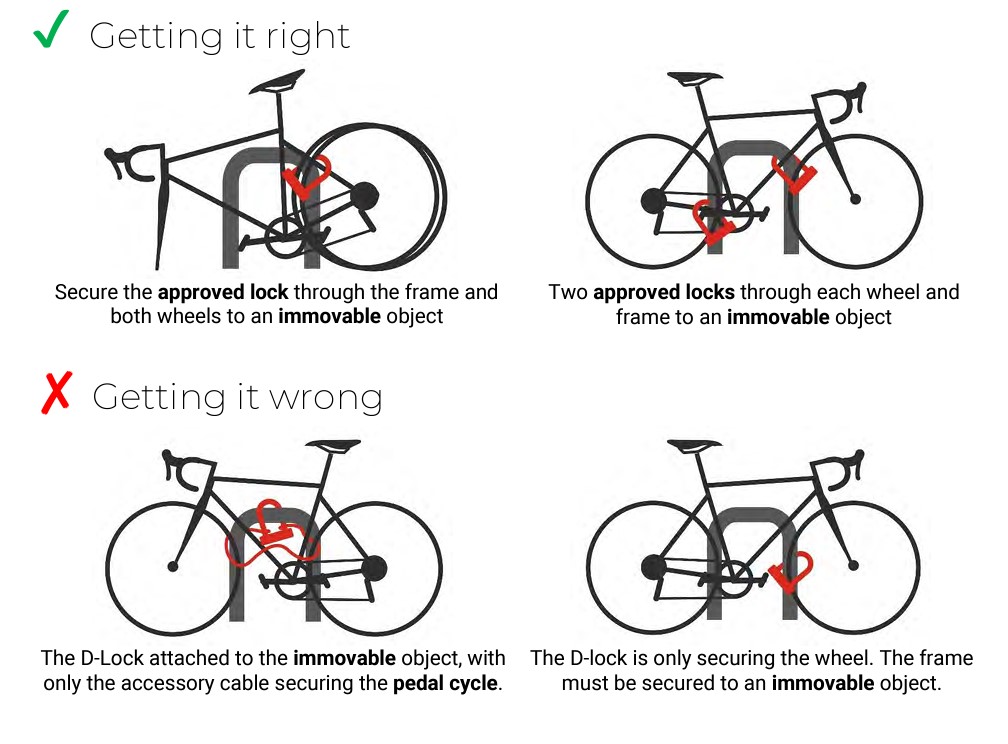
This could be a ground anchor installed in your shed, a “Sheffield stand” on your local high street or even set of railings. We would also consider a roof rack an “immovable object”, and we describe this explicitly in the policy wording:
- A properly fixed motor vehicle pedal cycle rack which is locked to the vehicle which cannot be undone or removed unless using extreme force (i.e. requiring the use of power tools or other machinery, not simple hand tools such as a box cutter).
- A pedal cycle rack supplied expressly for the purpose of securing pedal cycles which cannot be undone or removed unless using extreme force (i.e. requiring the use of power tools or other machinery, not simple hand tools such as a spanner), including those found at rail stations, city centres and places of work.
How should my bicycles be stored inside my home?
If you’re storing your bicycles inside your home, then security is easy. Your doors and windows must be locked for the cover to be in place, but there are no additional requirements such as locking your bikes to an immovable object. This also applies to a temporary residence such as a holiday home or hotel room.
Can I store my bicycles in a shed, garage or out-house?
Our home insurance will cover your bicycles in your shed or garage, but there are a few security requirements you need to follow.
The garage must within the boundaries of your home, and be accessible to you and your family members only. A shared bike store in a block of flats wouldn’t meet this requirement for example, as other residents of the building would also have access.

The external doors need to be secured with a mortice deadlock, or a CEN grade 3 standard closed shackle padlock. These are both industry standards and are usually clearly marked on the lock’s packaging.

If the locks on the doors to your shed or garage do not meet this requirement, you can lock your bicycle through the frame to an immovable object with an approved bicycle lock.
Our requirements for wooden sheds are slightly stricter. Bicycles valued under £1500 are covered so long as the shed door is secured using a lock noted above. Bicycles valued at £1500 or above must also be locked through the frame to an immovable object with an approved lock. The shed itself must not have any exposed screws which can be removed to gain access and bypass the locks.
How long can I leave my bicycle locked up somewhere?
Your bicycle is covered for theft if you leave it locked through the frame to an immovable object while away from home. This gives you protection if you are leaving a bike outside the shops, gym, or locked to your roof rack while travelling. There is a hard limit to how long you can leave your bike locked up, however. Bicycles can be left securely unattended for a maximum of 18 hours at a time. If a bicycle is left for more than 18 hours, it is no longer covered for theft.
Need more help?
If you’re still not quite sure what you need to do, please drop our customer service team an email with some photos and a description of where you’re locking your bike and they will help! Customer support can be contacted at:
enquiries@pedalcover.co.uk
0800 121 4424



